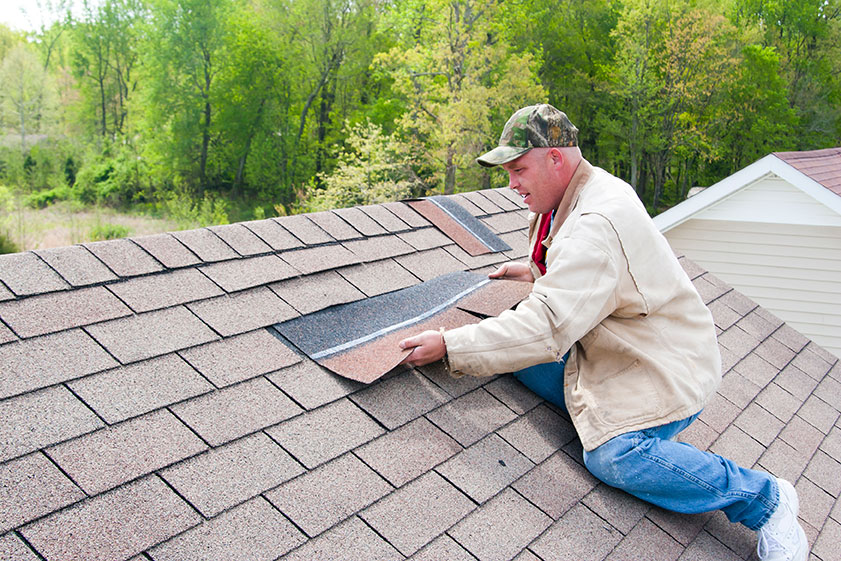
Owning a home is a long-term commitment with the responsibility of maintaining the house. One of the essential parts of any home is the roof. It provides shelter and protects your home and belongings from the destructive elements. Regular care and inspections can help extend the roof’s life. Nonetheless, problems can occur over time. This article discusses the most frequent roofing problems and their solutions.
Leaks
Leaking roofs are a common issue faced by homeowners. Cracked or damaged shingles, poor flashing, or punctures by sharp objects can cause leaks to occur. You need to address the problem in its early stages. Besides, water pooling and seepage around vents, skylights, and chimneys can also cause leaks.
Solution: Repair or replace damaged shingles as needed and ensure proper installation of flashing to prevent water seepage. Additionally, check and seal gaps or cracks around vents, skylights, and chimneys.
Damaged or Missing Shingles
Storms, strong winds, and aging can cause shingles to become damaged or go missing. This leads to exposure of the roof underlayment, making your home susceptible to leaks. Older shingles are more prone to damage since their granules start wearing away and they become brittle.
Solution: Inspect your roof regularly, especially after severe weather conditions, and replace missing or damaged shingles promptly. Consider upgrading to more durable shingles to withstand extreme weather conditions.
Pooling Water
Flat or low-slope roofs often face the issue of pooling water. Improper drainage systems or clogged gutters can worsen the problem. Over time, standing water can cause decay, damage, and leaks.
Solution: Use adequate drainage systems and keep gutters free from debris to allow water to flow freely. Regularly check for depressions or low spots on your roof that may contribute to water pooling.
Cracked or Blistered Shingles
As roofs age, shingles may develop cracks or blisters due to constant exposure to direct sunlight, moisture, or fluctuating temperatures. This weakens the shingles and leads to premature roof failure.
Solution: Replace cracked or blistered shingles and consider upgrading to more heat-resistant materials. Ensure proper installation and ventilation of your roof to minimize moisture problems and extend its lifespan.
Moss and Algae Growth
Aesthetic issues like moss or algae growth on roofs are common in humid climates. These organisms retain moisture, increasing the likelihood of rot and decay on your roof. Moss is particularly damaging, as it can lift shingles, allowing water to seep underneath.
Solution: It’s essential to hire a professional to power wash your roof. We strongly discourage anyone from attempting to work on your roof yourself, as accidents can be dangerous and happen all too often. Seek the expertise of a qualified roofing specialist to evaluate and promptly resolve moss and algae growth.
Roof Sagging
Roof sagging is an alarming and serious problem that requires immediate attention. It suggests various structural issues, such as weakened decking or damaged framing. Settlement in the structural members, extreme loads from snow, or improper installation can lead to sagging.
Solution: Consult with a professional roofing contractor to assess and address the problem as soon as possible. Regular inspections can help identify early signs of sagging and prevent major structural damage.
Ice Dams
In colder climates, ice dams are a serious concern. When heat escapes through the roof, melted snow refreezes at the edge, creating an ice dam. This prevents further drainage, leading to leaks and damage to your roof and gutter system.
Solution: It’s crucial to recognize that heat cables often prove ineffective in warding off ice dams. These troublesome ice formations are frequently the result of clogged gutters, which can lead to water damage. To address this problem, it’s advisable to secure the services of a professional to ensure proper insulation and attic ventilation, thereby preventing heat loss. Attempting this on your own is not recommended.

 2022 Alte Roofing
2022 Alte Roofing 